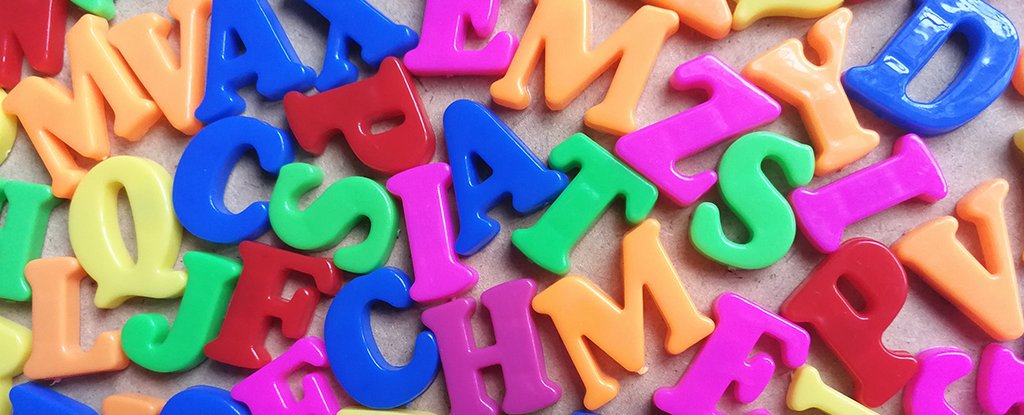For synesthetes, the strange experience of mixed-up stimuli – such as being able to taste words or hear flashes of light – is often regarded as more of a superpower than a disability. The rest of us will have to simply accept our mundane senses.
But new research suggests it’s actually possible to use hypnotic suggestion to produce visual hallucinations that reflect synesthesia-like behaviours.
A small team of researchers from the University of Skövde in Sweden and the University of Turku in Finland set out to answer a relatively simple question; are synesthetic experiences hard-wired or can we get non-synesthetes to have them, too?
The condition presents itself in a variety of ways, from ‘sound-seen-as-colour’ chromosthesia to the rare ability to feel a touch experienced by another person. What they all have in common is the perceiving of a sensation usually caused by another stimulus.
If this sounds like you, consider yourself a member of an exclusive group, with estimates putting synesthesia’s prevalence anywhere between 1 in every 200 people and 1 in 20,000.
As such, it’s still not clear exactly what causes it, how much is hereditary, and whether it can be induced. Current thinking suggests it’s probably caused by some kind of neurological ‘cross-wiring’ that happens during brain development.
Some research has explored producing synesthesia-like experiences chemically, with less than conclusive results. But past studies have indicated similar effects can be replicated using posthypnotic suggestion.
To investigate the hypnosis method, the researchers ran 61 volunteers from an introductory psychology class through a hypnotic susceptibility test.
After screening, 8 volunteers were subjected to a common perception test called a Stroop task – half were hypnotically suggestible subjects, and the other half were controls, or people not easy to hypnotise.
The task involved naming the colours of a grid of shapes on a screen, as in the image below.
Following this, the test subjects were ‘triggered’ by a hypnotic suggestion that had been implanted during an earlier session. After being told “soon I will count to three…” they were instructed to see all shapes as a specific colour, regardless of their actual colour.
Their responses were recorded, and their eyes followed with motion tracking software.
Of the highly hypnotisable group, three showed through their verbal responses and eye movements a strong synesthesia-like association between the symbol and its colour.
Oddly, their particular experiences varied.
“Two participants reported that they visually experienced the symbols as having the suggested colour: in one case with full self-awareness of doing so and in another case not,” says neuroscientist Sakari Kallio from the University of Skövde.
A third showed some added difficulty naming colours after hearing the trigger words.
There are plenty of caveats with this study, so it’s important to see it as a point of interest for further digging and not a bold conclusion.
For one thing, a sample size of four is absolutely tiny, so we’d be keen to see a replication of this in a bigger group of people.
Additionally, while there are similarities with synesthesia, it’s impossible to draw a solid link between a hypnotic suggestion and the condition itself, just based on a few observations.
Hypnosis is unlikely to give us all synesthestic super-powers – especially because it looks like you have to be highly suggestible to begin with.
But combined with other studies, it can help us understand more about the relationship between perception and sensation, and the crazy wiring our brain use to get it all to work.
Source: Scientists Have Found a Way to Hypnotise People Into Experiencing Synesthesia













